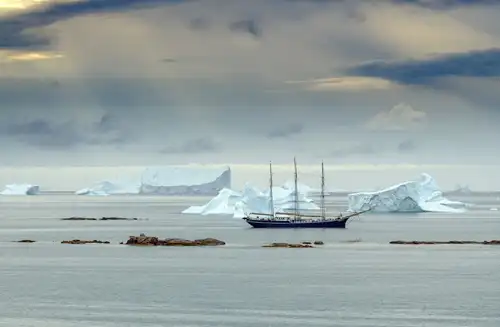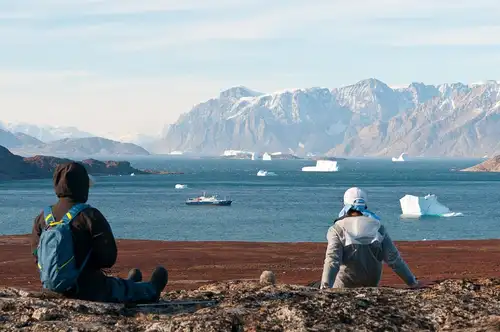Name: Harp Seal, Saddleback Seal (Pagophilus groenlandicus)
Length: 1.7-2 metres (5.5-6.5 feet)
Weight: 120 to 150 kg (265-330 pounds)
Location: Atlantic side of the Arctic
Conservation status: Least Concern
Diet: Fish and crustaceans
Appearance: Harp seals change appearance throughout life. Newborns have a white fluffy coat, adolescents have a silver-gray coat with black spots, and adults have distinctive black harp-shaped markings.
How do Harp Seals hunt?
Harp seals are agile swimmers, catching fish and crustaceans. They can stay underwater for 15 minutes and dive as deep as 270 meters (885 feet). They rely on their whiskers to detect prey movements and have excellent vision underwater. Their thick blubber keeps them warm and provides nutrition when food is scarce.
Are Harp Seals social?
Harp seals are highly social during mating season, forming large colonies on land. They often travel and hunt in pods of dozens or hundreds. They communicate with various calls for warning and mating purposes.
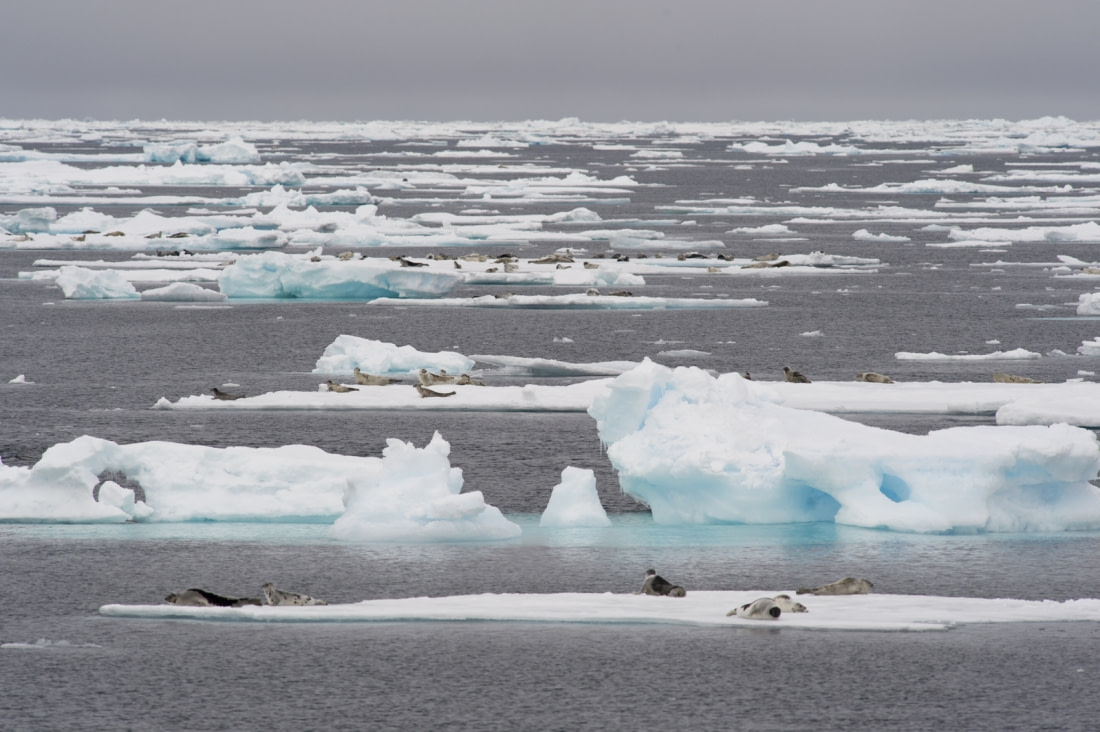
What are Harp Seal mating rituals like?
Harp seals migrate south in winter. Males court females on land, but mating occurs in the water. Dominant males fight for mating rights and mate with multiple females. Pregnancies last about 11 months, and pups are born around February. Pups weigh about 11 kg (24 pounds) at birth and grow rapidly during the 10-day nursing period. Mothers leave pups to mate again, and pups must survive on stored fat until they learn to swim and hunt.
Harp Seal pup stages:
- Yellow-jacket: Newborns with white coats stained yellow by placental fluids.
- White-coat: Nursing stage with pure white fur.
- Ragged-jacket: Molting stage, losing white fur to reveal silver-gray skin.
- Beater: Learning to swim, characterized by beating the water with flippers.
- Bedlamer: Young seals in the sea.
- Adult: Males mature at about seven years, females at five.
How long do Harp Seals live?
Harp Seals live about 25-35 years in the wild.
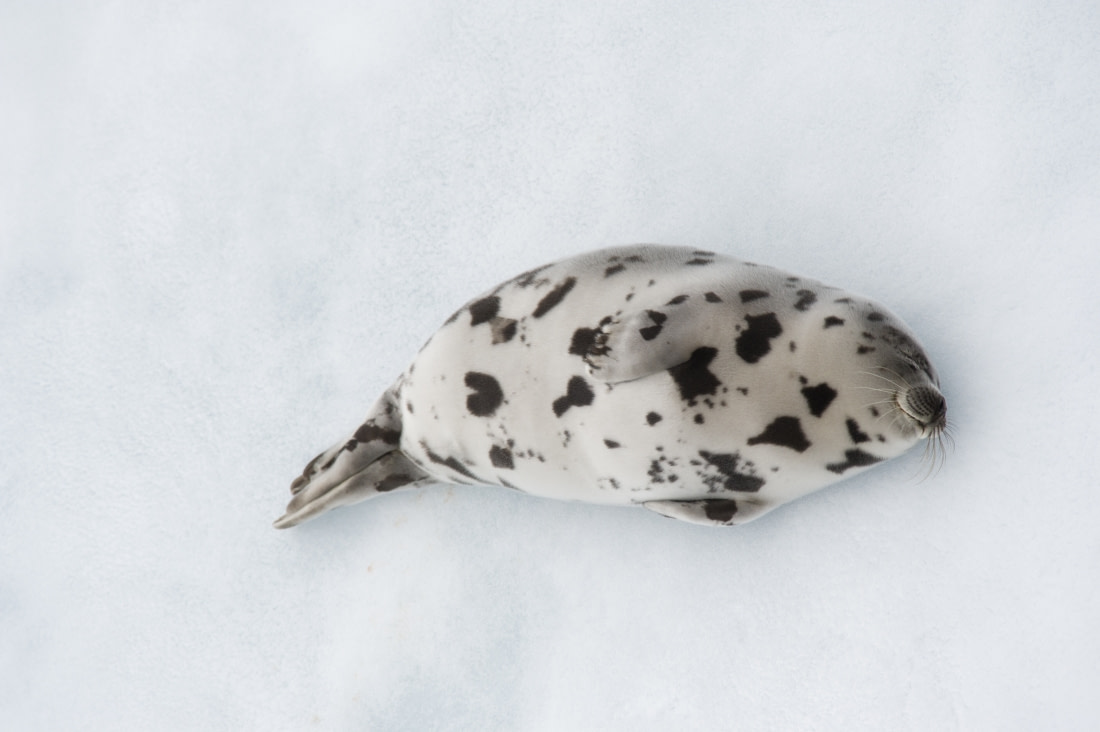
How many Harp Seals are there today?
As of 2015, there are approximately 4,500,000 mature harp seals worldwide.
Do Harp Seals have any predators?
Harp seals are preyed upon by orcas, Greenland sharks, and polar bears.
Seven super harp seal facts
- Harp seals are called “saddlebacks” due to the saddle-shaped markings on their backs.
- Mother harp seals can identify their pups by scent among thousands.
- Seals that wander from the herd are called vagrants.
- Pup teeth do not grow if they do not feed after weaning.
- Harp seals spend most of their lives in water, coming to land only for mating and birthing.
- The annual migration can total up to 5,000 km (3,100 miles).
- Their scientific name, Pagophilus groenlandicus, means “ice-lover from Greenland.”
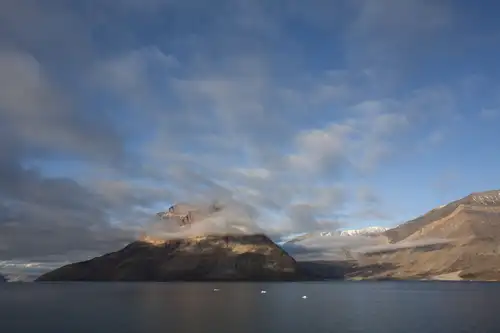
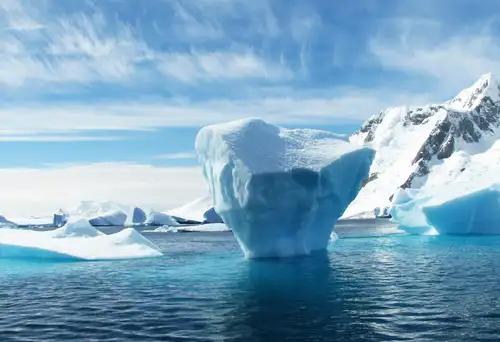

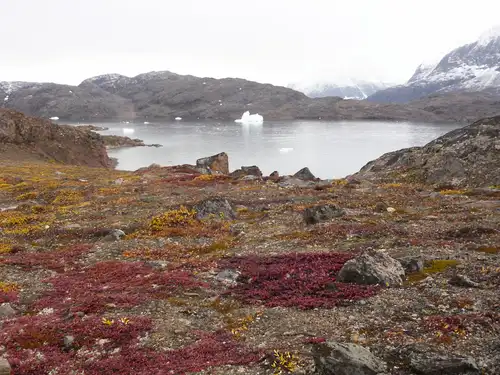
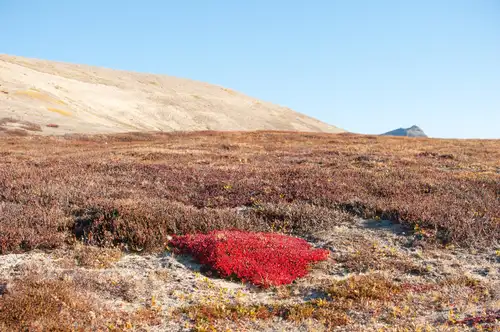

Related Trips


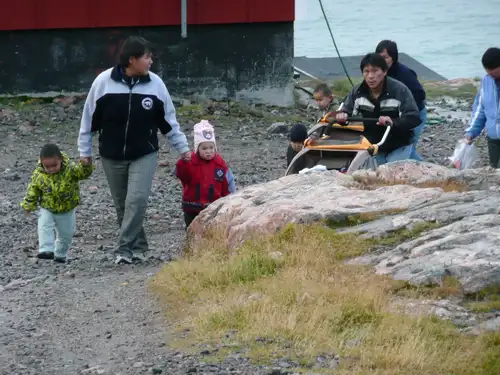
Greenlandic Inuit Beliefs
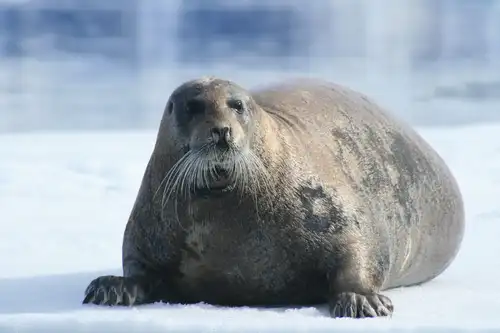
Arctic Seals
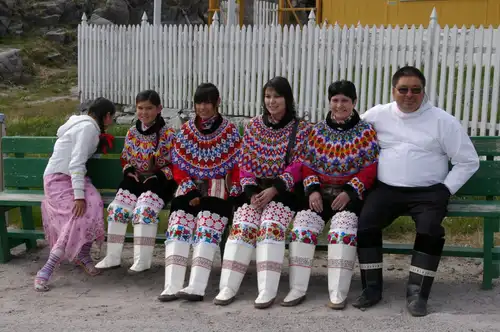
Not Eskimos: 10 Enlightening Facts About the Inuit
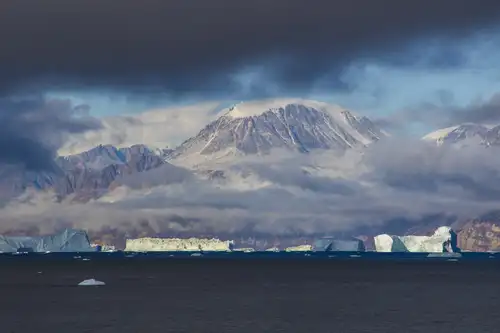
Greenland: East vs. West
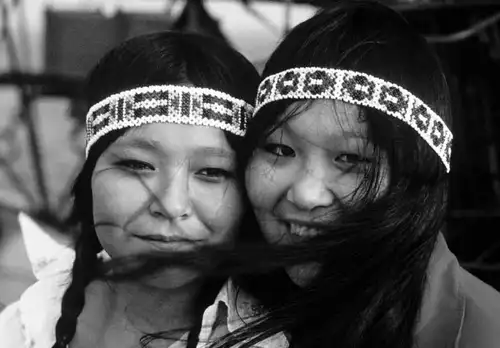
Traditional Lifestyles of the Inuit
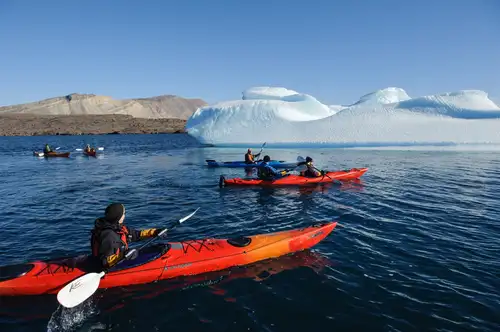
Greenland: Where the Kayak Was Invented
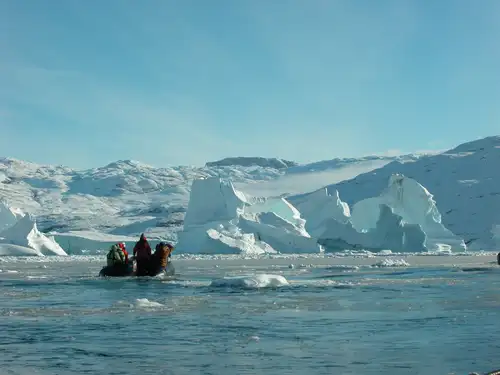
Discover the Scoresby Sund Fjord System in East Greenland
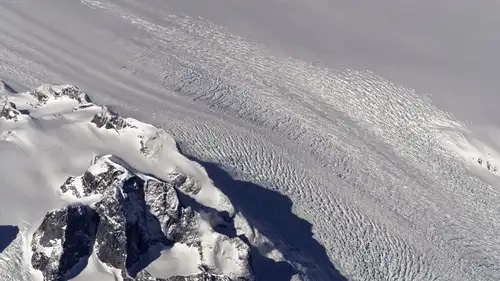
Ice streams and lakes under the Greenland Ice Sheet
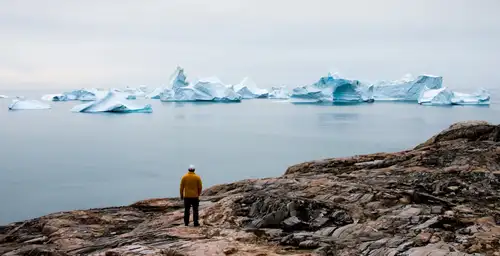
Tracking Greenland’s Wildlife from Space
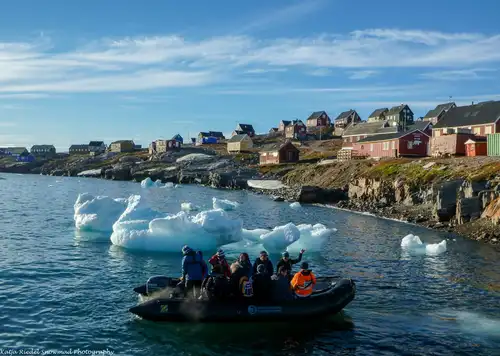
Scoresby Sund: the Greatest Greenland Adventure
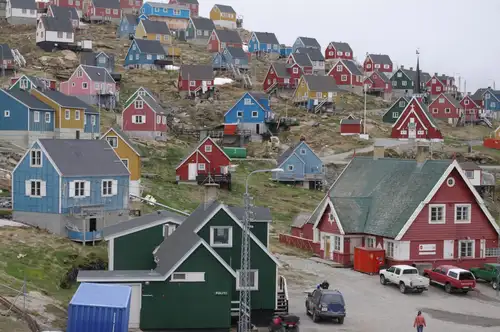
10 Traits of Post-Ice-Age Greenland
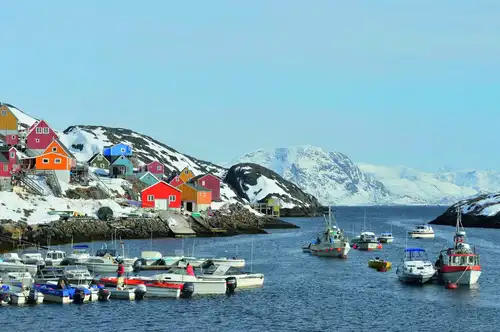
Amazing Greenland
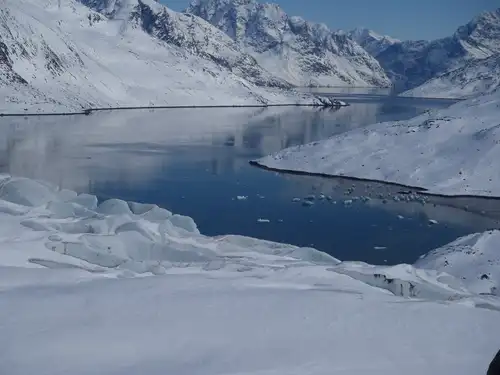
How and When Did Greenland Become Covered in Ice?
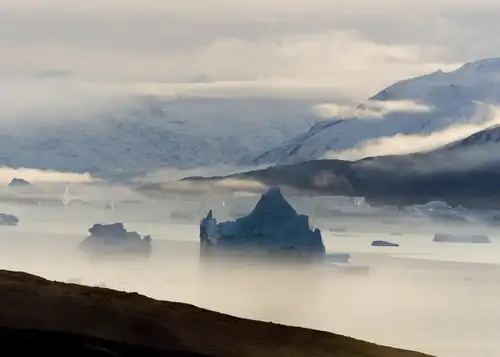
Peaks, Fjords, and Auroras: 14 East Greenland Attractions
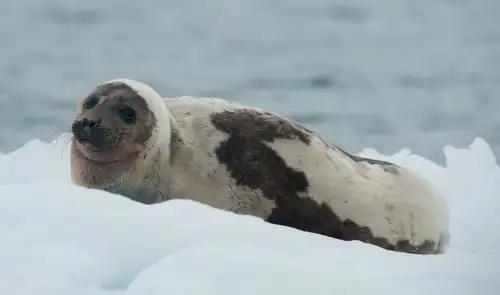
Harp seals harping on in Greenland
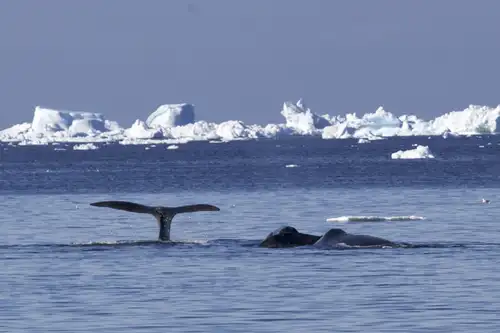
The bowhead whale, whaling about the Arctic
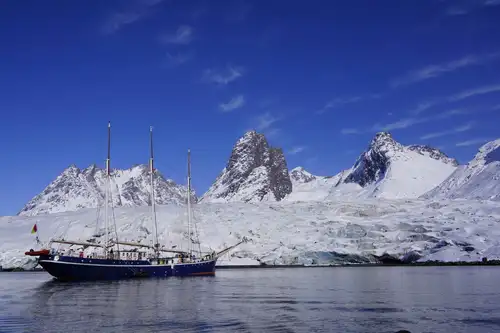
5 Misconceptions You Might Have About Greenland
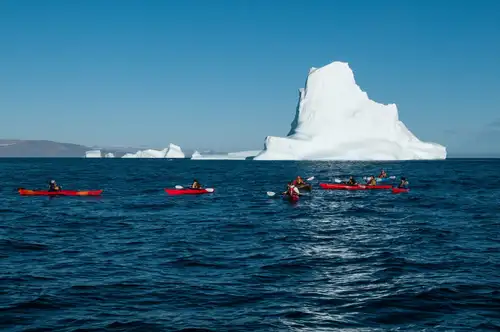
Kayaking In Greenland
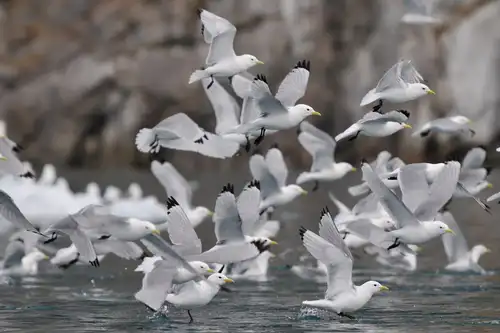
Five Birds You Might See on Your Greenland Cruise
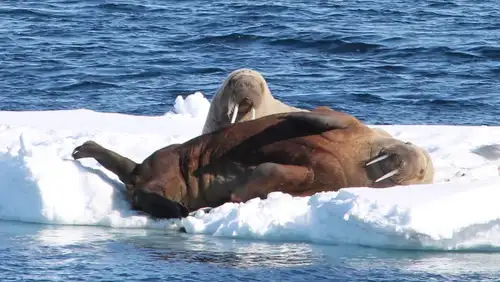

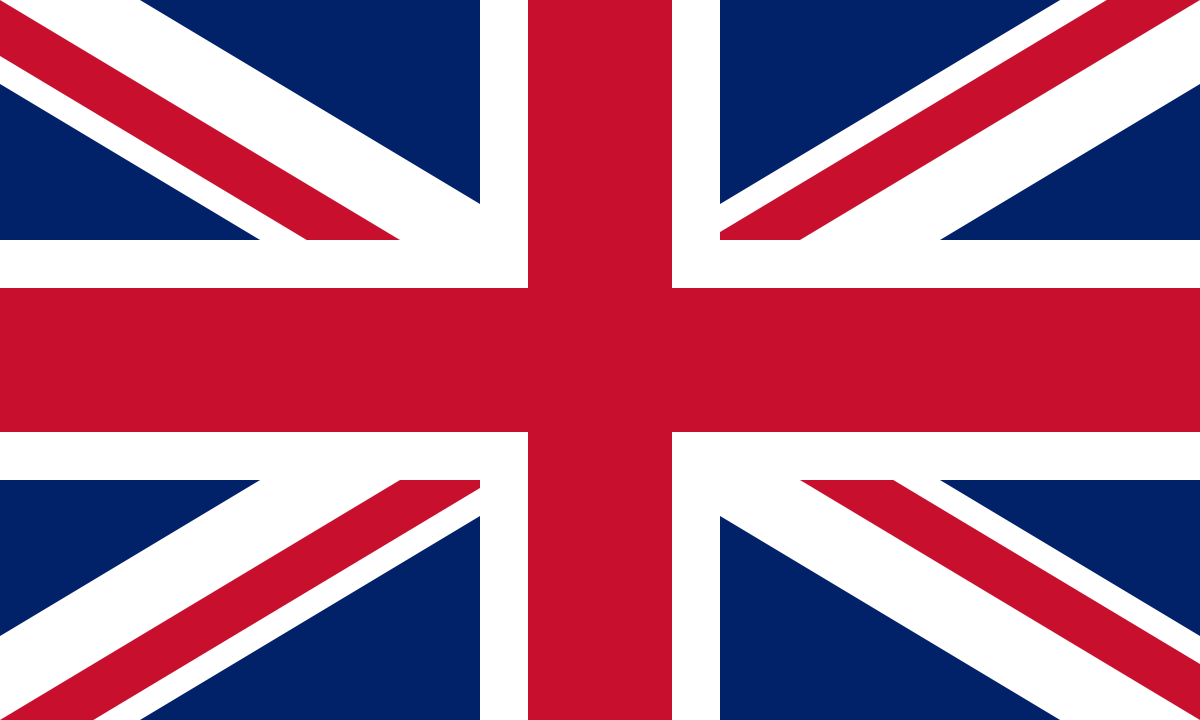

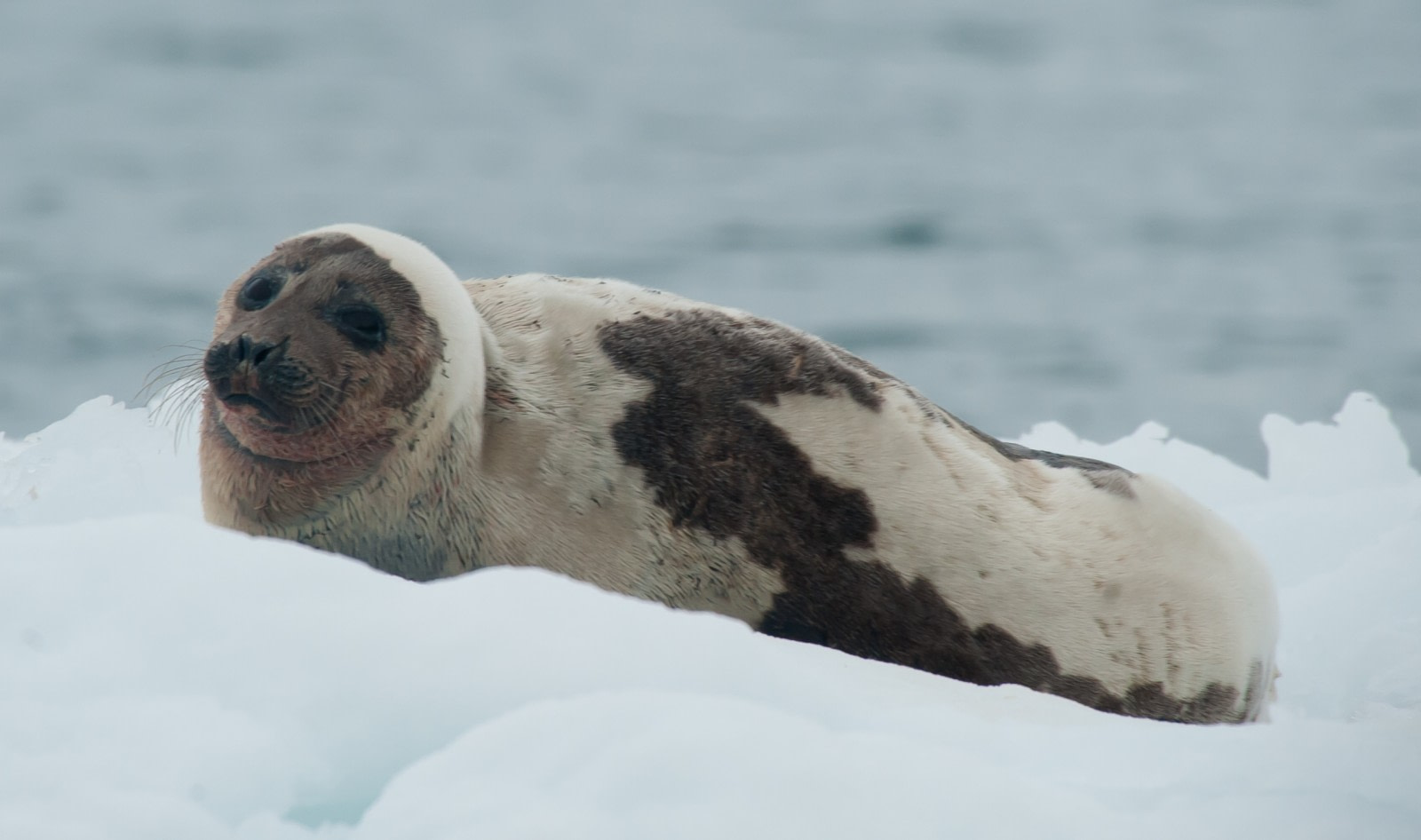
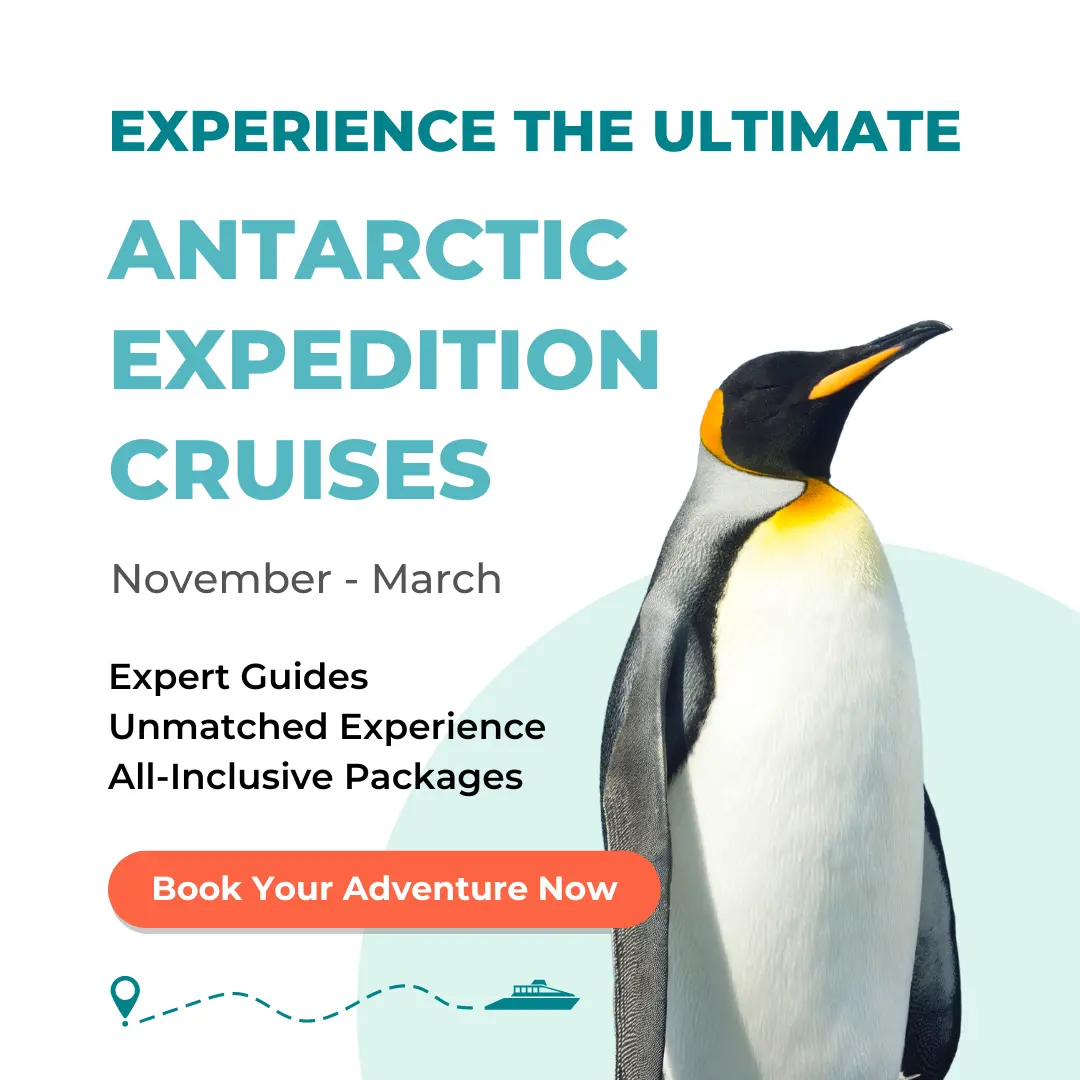
 21 Days / 20 Nights
21 Days / 20 Nights
